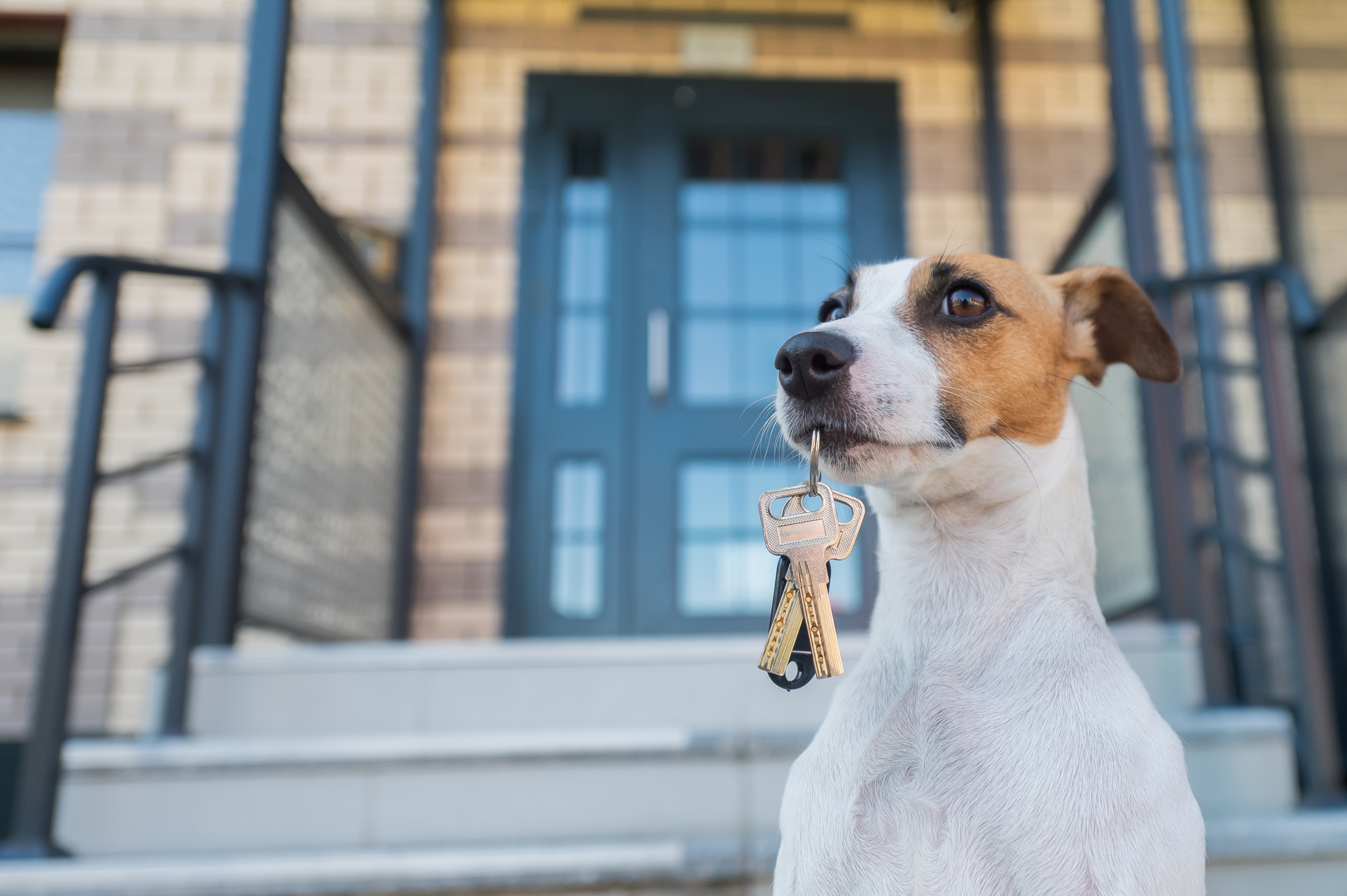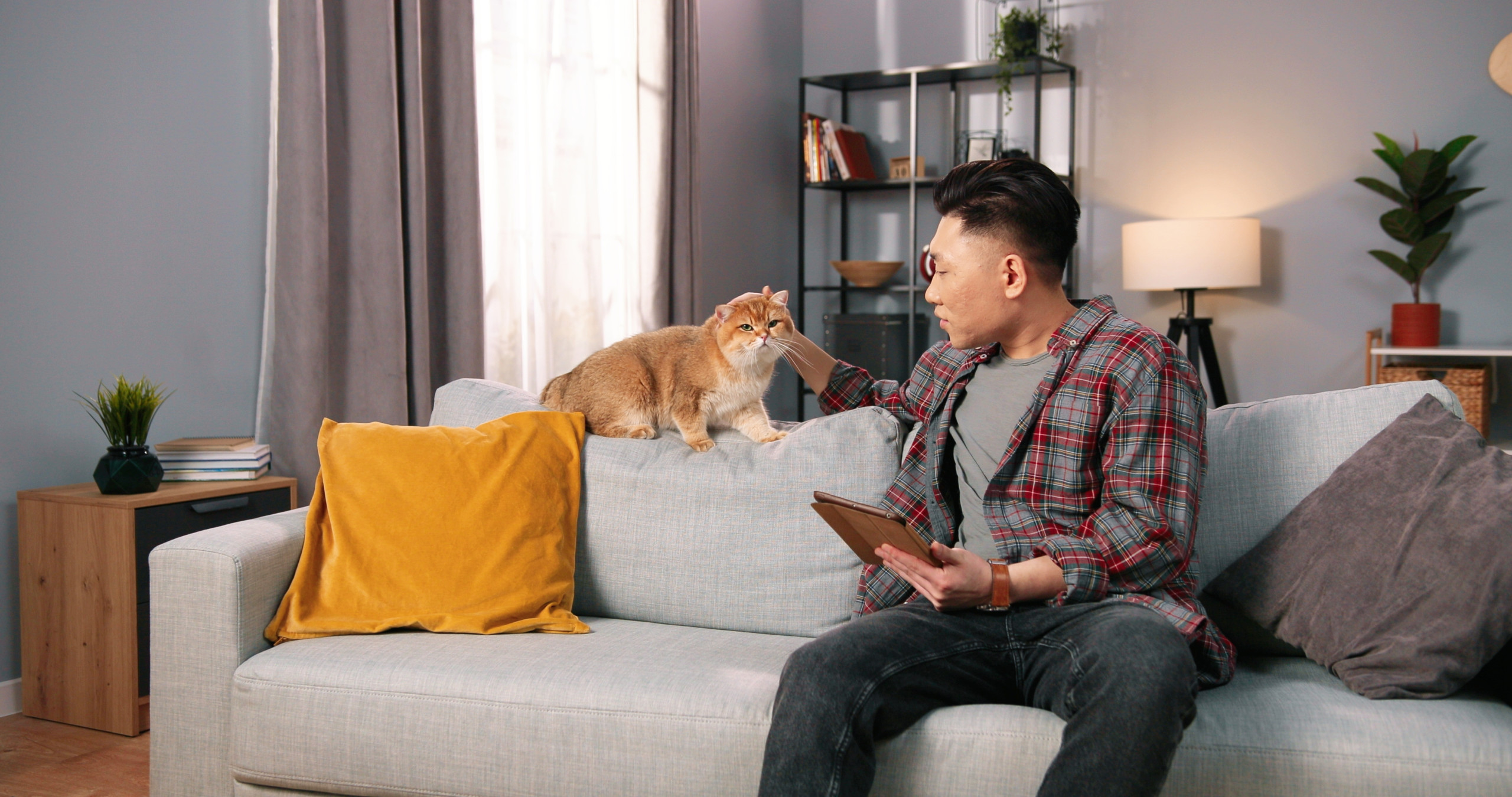
How to rent with pets – our TOP tips
Can a landlord say no to pets? Do you have to disclose owning pets in your tenancy application? Is it worth asking if you’re allowed to own a pet while renting, even if the property advert says “no pets”?
Pet ownership is not always an easy road, especially when renting. If these questions are ones you’re trying to find answers to, read on below for more information and our top tips on how to rent with pets.
WA state laws
Different Australian states have different laws when it comes to housing pets in rental properties.
In Western Australia, tenants are required to gain the landlord’s permission. Having a pet on the property without it being written into the lease documentation will result in a breach of lease, and potentially even eviction if the pet is not removed from the property.
Additionally, while landlords must be asked for permission, they are completely free to prohibit housing pets in their rental properties, and they are not legally required to provide a reason for their decision.
In the case of a landlord accepting a pet on the property, the tenant may be charged an additional bond payment, known as a pet bond, of up to $260. This bond will be used to cover the extra cleaning costs upon the tenant vacating the property, but only if the tenant does not sufficiently clean the property.
However, even if the landlord accepts pets within the property, strata or communal laws may prohibit or restrict having animals on the property. These laws often come into play in apartment buildings or unit complexes with multiple dwellings on one larger property.
Pet and property considerations
When thinking about how to rent with pets, there are some considerations you need to take into account before moving forward. If you’re searching for either a pet or a potential rental property, be sure to consider the following factors.
Is your (potential) home suitable for a pet? If you own (or are looking for) a cat or a dog, make sure that your home has suitable space, both indoors and outdoors, to accommodate your pet’s needs.
What will you do if you have to move on short notice? Will you have to rehome your pet, or will you take them with you? Will you be able to find other pet-friendly rental properties with a tighter time frame?
Do you travel regularly? If so, what arrangements will you have to make for your pet while you’re away from home? Will you take them with you? Will you have to ask a neighbour to take care of them for you? Or will you give your keys to a trusted friend or family member? (It’s worth noting that some rental properties are strict on key movements, so be sure you’re allowed to give out a set before you do so.)

It’s okay to ask
Realise that you’re able to ask what the pet considerations are for a property, especially on a listing that doesn’t mention pets at all.
Be aware that sometimes a rental listing stating “no pets” really means “no cats or dogs, but other pets might be okay.” So, if you have a different pet, it’s definitely worth asking the question!
The worst a landlord is really able to do is say “no” and you’ll be able to move on and either look for a property that does consider pets, or reconsider your ability to purchase a pet in the near future.
Applying for a property
When you’re applying for a property, be sure to demonstrate that you’re a reliable tenant and a responsible pet owner. Prove that you always pay the rent on time, that you keep the property as clean as it was when you moved in, and that you’ll prevent your pet from damaging the property.
One method that could help the landlord truly consider your application is providing a pet reference. You aren’t the only person applying to live in the property: your pet is too.
Here is a list of things to include in your pet reference:
- Type (i.e. cat or dog) and breed (if applicable) of pet
- Your pet’s age
- A short description of your pet’s temperament and personality
- A recent photograph (people are often influenced by images of cute animals, and the landlord may be more likely to approve your application)
- Your pet’s vaccination history
- Your pet’s obedience class or other training certificates (if applicable)
- Character references from previous landlords or property managers (or veterinarians) who are able to confirm your pet’s behaviour and temperament
This information will provide your potential landlord or property manager peace of mind, and confirm to them that your pet is well behaved, in good health, and unlikely to cause damage to the property.

Understand landlord concerns
Don’t get frustrated if your landlord rejects your application or won’t allow you to get a pet.
Understand that they are trying to protect their investment from potential damage and would like to keep a good relationship with their rental property’s neighbours by limiting disturbances.
By understanding these concerns, you’ll be able to add information to your application that reassures them that you are a neat and responsible person, that you will clean up after your pet, and that your pet will not be a disturbance to the area.
Be prepared to negotiate
If you’ve really got your heart set on having a pet in a rental property, it is worth being prepared to negotiate rental terms or compromise with the owner to meet in the middle.
If you’ve got the financial security, it may be an idea to offer a higher rent payment to reassure the property owner that you’re serious about your rental application.
Alternatively, you could offer to organise extra cleaning throughout the time frame of your tenancy, like flea treatments and additional carpet cleaning to prevent infestations of various insects.
Another offer you could make to the owner is to add a trial period to the rental agreement, which allows for the opportunity to make adjustments to the lease if elements of the agreement aren’t working.
If the landlord is hesitant to have pets on the property but seems willing to agree, there are a few compromises you could suggest that would make the idea more appealing.
On the one hand, if you want a larger pet, you could agree to purchase a smaller one instead. Alternatively, you could offer to have an outdoor-only pet, which would eliminate entirely internal property damage due to pets.

Get written permission
Once you’ve reached an agreement with the property owner, it is a good idea to make sure that you get all of them written into the rental agreement, or into an additional pet agreement.
If you’re moving into a new rental property, be sure to read all the fine print and check all the terms of the lease to make sure you understand them.
This documentation will limit any disputes or confusion that may arise later, and you will always be able to refer back to these documents as evidence to back you up during any pet-related conflict.
Have more questions?
We get it – renting can be tricky sometimes. The team here at Semple Property Group want to make it as easy and seamfree as possible, so get in contact if you have any more questions on how to rent with pets, or search properties if you’re ready to find your next home.
Related Articles

Perth’s Best Sunday Markets

10 Tips on How to Improve Your Property Value


